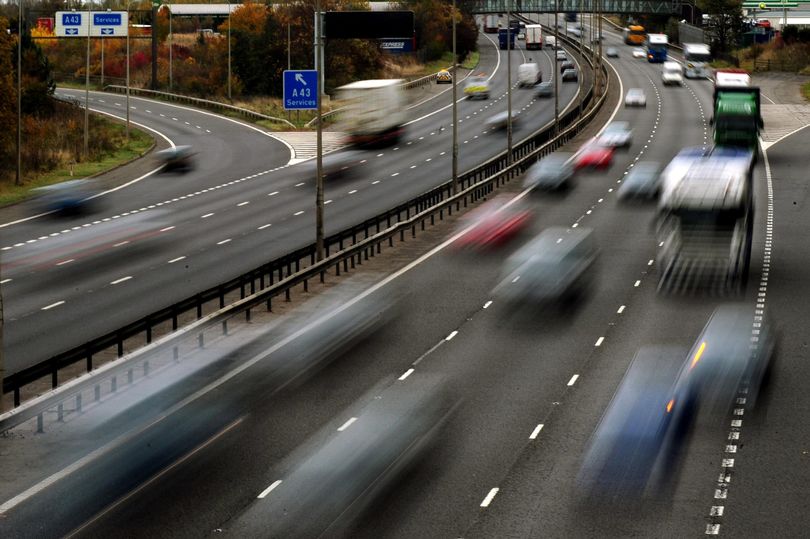Driving instructor shares how to stop tailgaters without having to brake

Regardless of if you're an experienced driver or have just passed your test, having a vehicle following too closely behind can be extremely frustrating.
However, it's not just an irritating ordeal, it also poses a genuine safety risk as it removes the vital stopping distance required should you need to brake unexpectedly.
Tailgating remains a frequent factor in road traffic collisions, and can result in serious injuries or even prove fatal in severe cases. So what you do when someone is driving too close behind you?
- Blue Badge renewal method that can eliminate risk of facing a fine
- DfT responds to claims it will fine drivers £200 for using Google Maps
Annie Winterburn, who runs Spot On Driving, highlights that numerous motorists aren't certain how to tackle this predicament, given that sudden braking might cause a crash.
The motoring expert recommends: "If the car behind is too close to you and you have to brake suddenly, that car behind you will crash into the back of you. So you have to make sure you don't have to brake suddenly."
To manage tailgaters securely, Annie says you should "leave a bigger gap between your car and the car in front of you".
This approach enables you to reduce speed gradually should the car ahead halt suddenly, allowing the tailgating driver to slow down safely as well.
Annie, a driving instructor, mentioned that this specific guidance frequently appears in theory examinations, suggesting its significance.
She went on to explain: "You should leave at least a 2-second time gap, on dry roads, between your car and the vehicle in front of you. This is doubled to 4-seconds on wet roads and is ten times the gap on icy roads. Ten times the gap is 20-seconds."
The DVLA has also issued a reminder, reinforcing the legal implications of 'driving without due care and attention', such as tailgating.
Those caught driving too close to the car in front could face a fine starting at £100, as well as three penalty points on their licence. In more serious instances, motorists could end up in court facing heftier penalties, writes Birmingham Live.
National Highways launched a campaign in 2022 to tackle tailgating, which contributes to one in eight collisions on England's motorways and major A roads.
The Highway Code's recommendation is for drivers to keep a minimum two-second gap from the vehicle ahead, a distance that should be increased in high-speed zones and tunnels where visibility can be reduced.
Further details on the government's website clarify the recommended distances: "The gap should be wider as speeds increase. It rises to 2.4 seconds - about 53 metres - when driving at 50mph and 3.1 seconds - or 96 metres - at 70mph."
Jason Wakeford, head of campaigns at Brake, the road safety charity, emphasised the importance of this advice.
He added: "It's vital that drivers leave enough distance between the vehicle in front in order to react in time to any sudden dangers. We'd urge everyone to respect the two-second rule to keep them, and others on the road, safe."